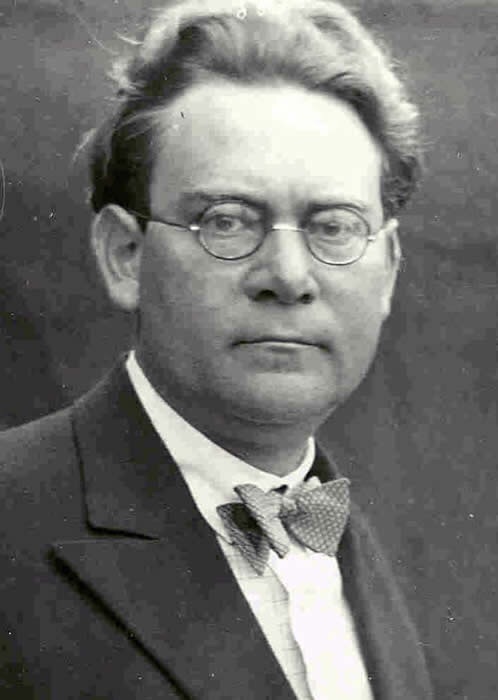The Philosophy of Space and Time (1928, tr. 1957)
Hans Reichenbach: Citáty v angličtine
The Philosophy of Space and Time (1928, tr. 1957)
The Philosophy of Space and Time (1928, tr. 1957)
The Philosophy of Space and Time (1928, tr. 1957)
The Philosophy of Space and Time (1928, tr. 1957)
The Philosophy of Space and Time (1928, tr. 1957)
The Philosophy of Space and Time (1928, tr. 1957)
The Philosophy of Space and Time (1928, tr. 1957)
The Philosophy of Space and Time (1928, tr. 1957)
Instead we shall speak of the normative function of the thinking process, which can guide the pictorial elements of thinking into any logically permissible structure.
The Philosophy of Space and Time (1928, tr. 1957)
The Philosophy of Space and Time (1928, tr. 1957)
The Philosophy of Space and Time (1928, tr. 1957)
The Philosophy of Space and Time (1928, tr. 1957)
The Philosophy of Space and Time (1928, tr. 1957)
The Philosophy of Space and Time (1928, tr. 1957)
The Philosophy of Space and Time (1928, tr. 1957)
The Philosophy of Space and Time (1928, tr. 1957)
The Philosophy of Space and Time (1928, tr. 1957)
The Philosophy of Space and Time (1928, tr. 1957)
The Philosophy of Space and Time (1928, tr. 1957)
The Philosophy of Space and Time (1928, tr. 1957)
The Philosophy of Space and Time (1928, tr. 1957)
The Philosophy of Space and Time (1928, tr. 1957)
The Philosophy of Space and Time (1928, tr. 1957)
Zdroj: The Philosophy of Space and Time (1928, tr. 1957)
The Philosophy of Space and Time (1928, tr. 1957)
The Philosophy of Space and Time (1928, tr. 1957)
The Philosophy of Space and Time (1928, tr. 1957)
